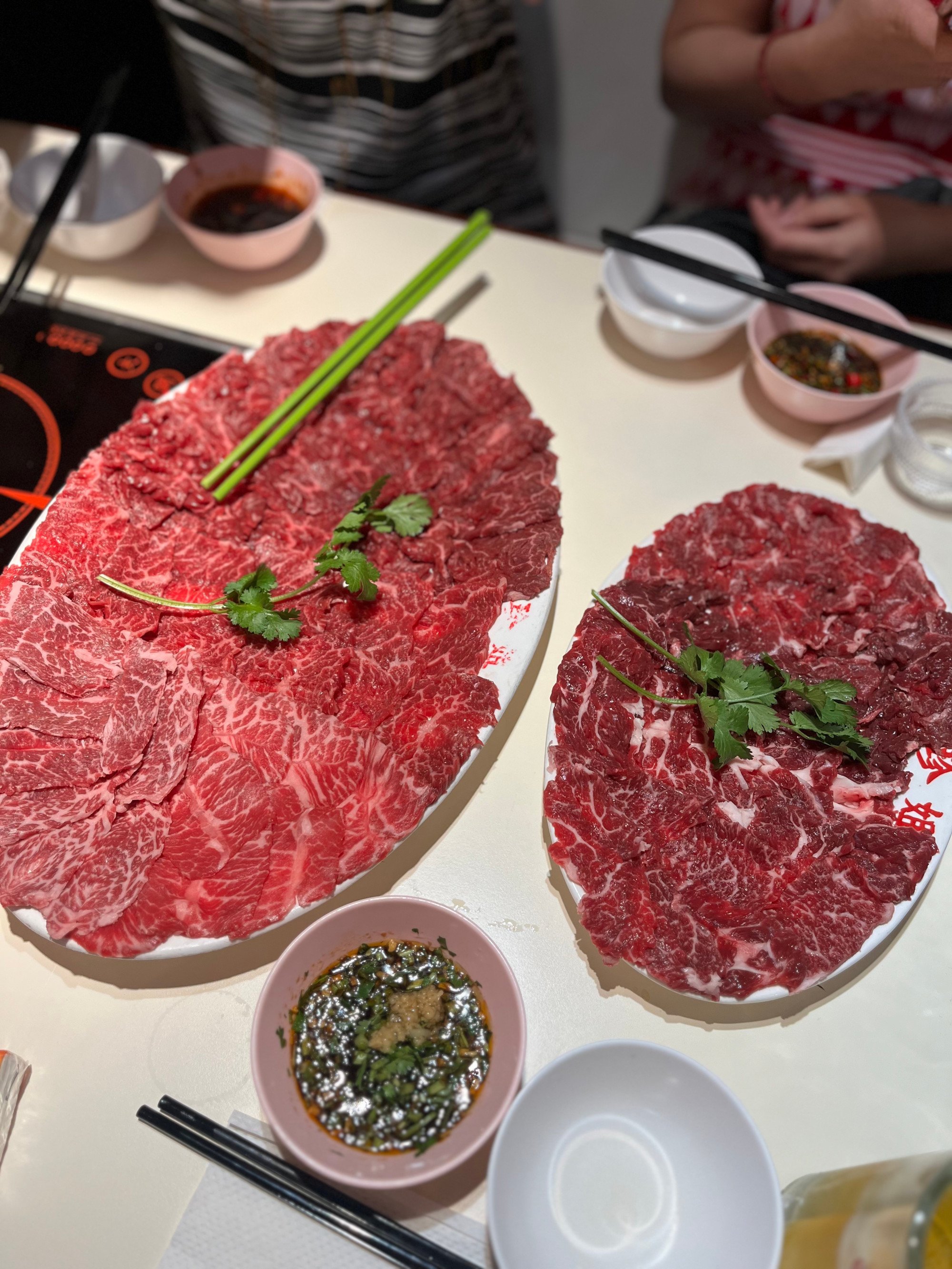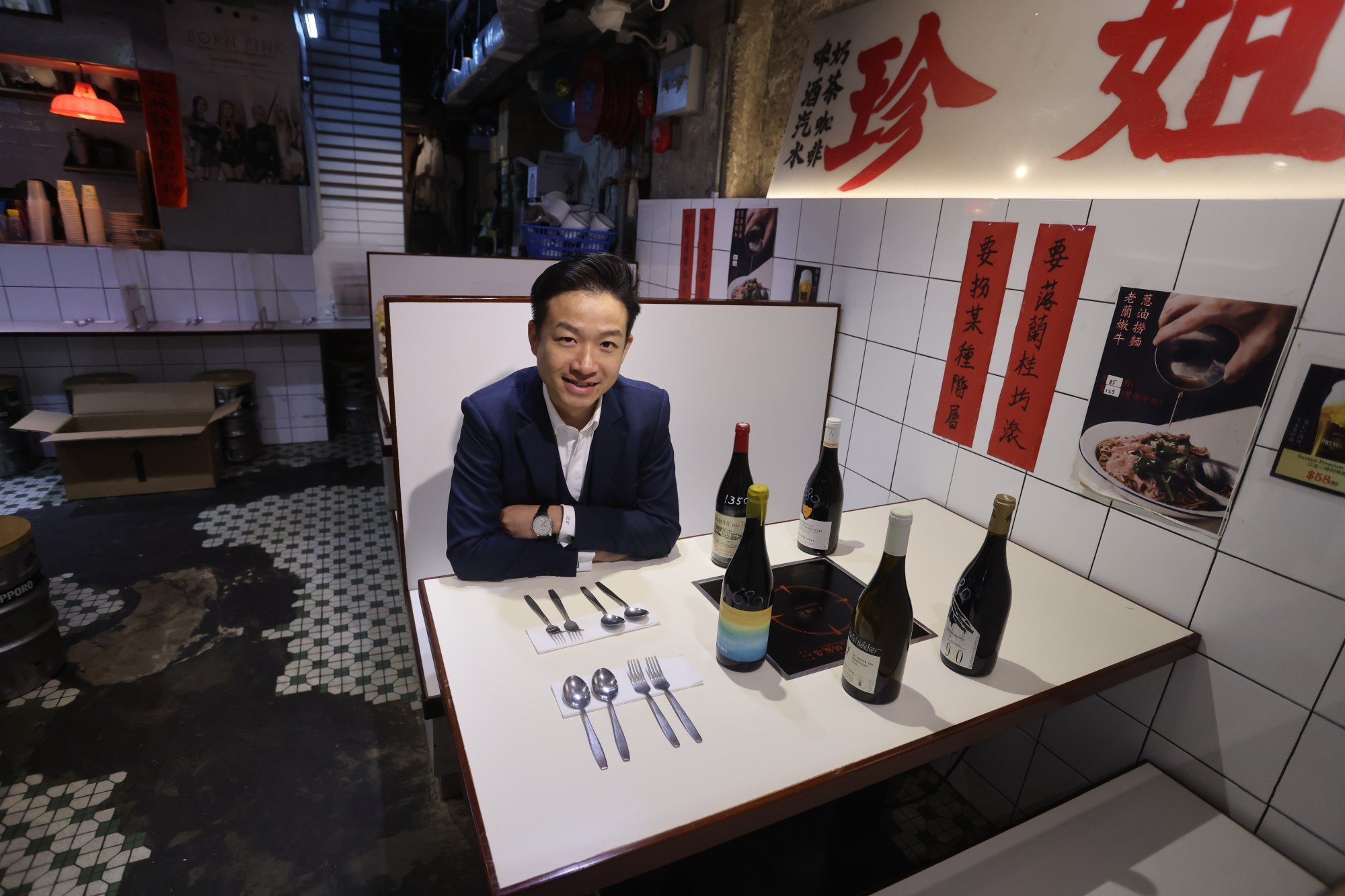
‘It’s the whole package’: how Hong Kong fell in love with no-frills hotpot restaurant Big JJ’s, and what to expect from its BaseHall 02 offshoot
- Hong Kong cult favourite Big JJ’s Seafood Hotpot restaurant will soon open an offshoot, JJ’s, at BaseHall 02 food court, which will focus on one-plate meals
- We look at the dishes on offer, and how the Michelin-star swagger of the staff and a ‘genuine’ local vibe won the original a place in Hong Kong diners’ hearts
Was it a general feeling of ennui over the proliferation of fine-dining restaurants, an enduring love for hotpot, or both? For whatever reason, Big JJ’s Seafood Hotpot restaurant in Central has become a cult favourite with Hong Kong diners.
Opened quietly in 2020 during the Covid-19 pandemic by former bank employee turned food stall operator Peter Pang, the no-frills, cash-only restaurant has gained a loyal following.
Bookings for the restaurant’s two nightly seatings for hotpot are still hard to come by, and joining the long queues at lunchtime for a simple one-plate meal of rice or noodles is part and parcel of the Central office-worker experience.
Come December 18, there might be a slight dent in the queues on Wo On Lane, because Big JJ’s is set to launch a smaller outpost in BaseHall 02, a food court in nearby Jardine House that already houses Hong Kong gems including On Lee Noodle and Kam Centre Roast Goose.

Their vibe is incredible. When you go, you’re essentially buying happiness
It’s a great development for a grass-roots brand like Big JJ, whose irreverence is part of its charm. On its Instagram profile, it describes itself as “a wine bar with average hotpot food”, and its tagline is “noisy, rude, and overrated”.

New customers are shown the exact amount of time to swish a slice of beef in the hot broth so that it comes out still blushing and tender – those who get it wrong will be lightly chastised, in a slightly mothering way.
The detailed explanations and the demos wouldn’t feel out of place in a decent yakiniku restaurant, yet somehow we haven’t come to expect this level of care in a hotpot place – which I think reveals more about Hong Kong diners’ prejudices than anything else.
Food writer and publisher Michael Lui Ka-chun put it well when he observed that the success of Big JJ’s is down to its unabashed confidence mixed with extremely high standards.

It’s easy to downplay hotpot as cheap and cheerful, but when you take good care of your ingredients and pay attention to technique, the difference is felt and tasted.
Thankfully, there’s no stiff upper lip. As the night wears on, you can expect the staff to make the rounds, asking if you’re enjoying yourself before inviting you to an impromptu toast – miraculously, those cha chaan teng waiter tops include pockets that are just large enough to snugly hold a tumbler of wine, which they frequently whip out for the ritual.
Why Chinese people eat snake soup in winter, and why it’s disappearing
He points out that the pandemic made many people appreciate home cooking more, but it also highlighted the importance of atmosphere and service when dining out.
“Especially when it comes to hotpot, you know you can do it yourself. But their vibe is incredible. When you go, you’re essentially buying happiness. They’re playing with nostalgia and creating a really local atmosphere that is really genuine, really natural.”

In short, it’s convivial, chaotic, and comforting at the same time. And diners seem content with playing by the rules, too – at the end of each seating, they file out on time, bellies full, to the refrains of 2022’s sleeper hit Zau Sin La, Hai Gum Sin La (Alright, See You Later) by MC Soho and Kidney.
It doesn’t get more Hong Kong than that.

